Don't wanna be here? Send us removal request.
Text
𝗧𝗶𝗺𝗲𝗹𝗶𝗻𝗲 𝗼𝗳 𝘁𝗵𝗲 𝗡𝗮𝘁𝗶𝗼𝗻𝗮𝗹 𝗣𝗵𝗶𝗹𝗶𝗽𝗽𝗶𝗻𝗲 𝗗𝗿𝗲𝘀𝘀, 𝟭𝟴𝟲𝟬𝘀–𝟭𝟵𝟱𝟬𝘀: 𝘍𝘳𝘰𝘮 𝘵𝘩𝘦 𝘛𝘳𝘢𝘫𝘦 𝘥𝘦 𝘔𝘦𝘴𝘵𝘪𝘻𝘢 𝘵𝘰 𝘵𝘩𝘦 𝘛𝘦𝘳𝘯𝘰
A pamphlet from the book Fashionable Filipinas, illustrates the evolution of the national Filipina dress alongside Western fashion from the 1860s to the 1950s.

1860s–1870s

1880s–1890s

1900s

1910s

1920s–Early 1930s

Late 1930s–Early 1940s

Late 1940s–1950s
#philippines#filipino#traditionalfilipinoclothing#barotsaya#trajedemestiza#terno#filipiniana#vintagefashion#evolution#evolutionoffashion#filipinoculture#history#southeastasia#traditional southeastasian clothing#southeastasianculture#asia#victorianera#edwardianera#gildedage#roaring 20s#world war 2#midcentury
1 note
·
View note
Photo
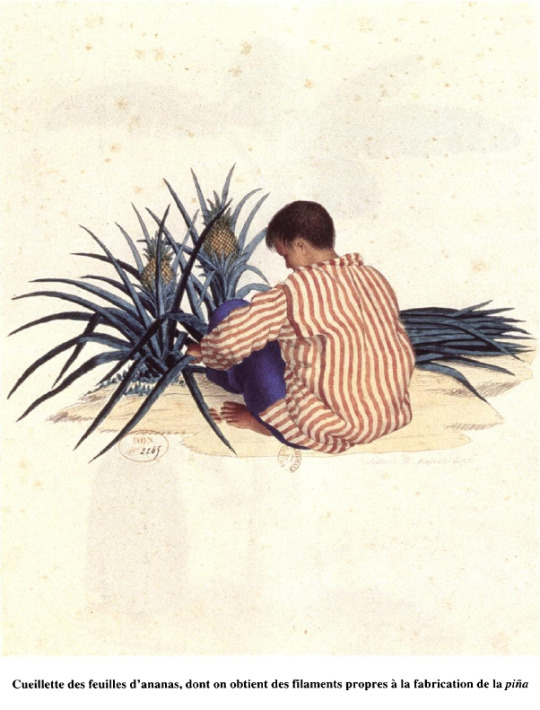

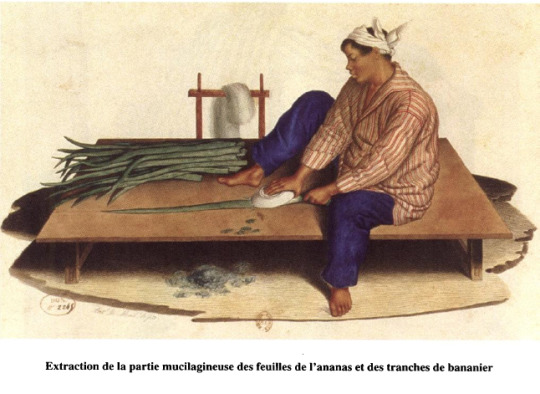
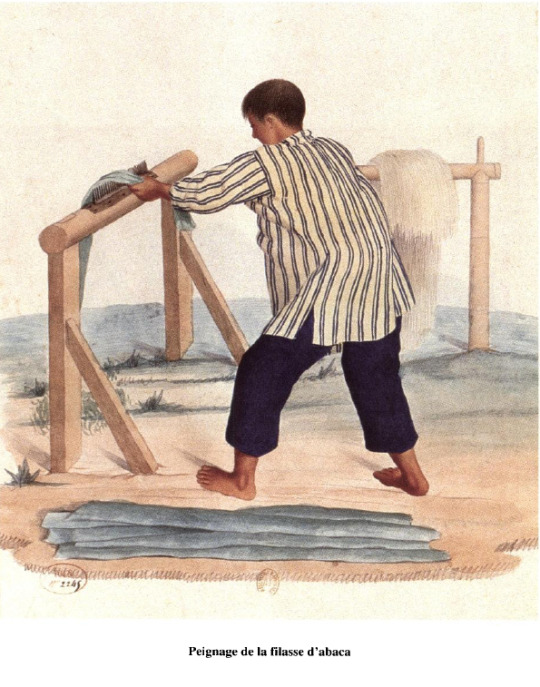
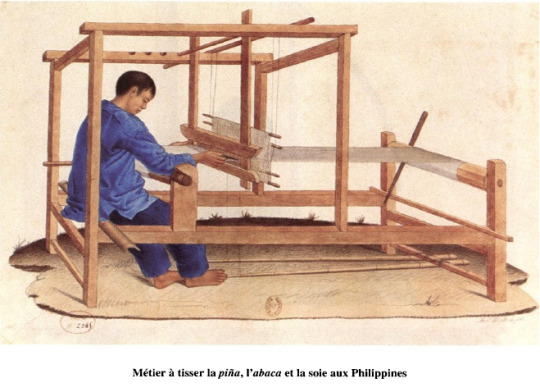
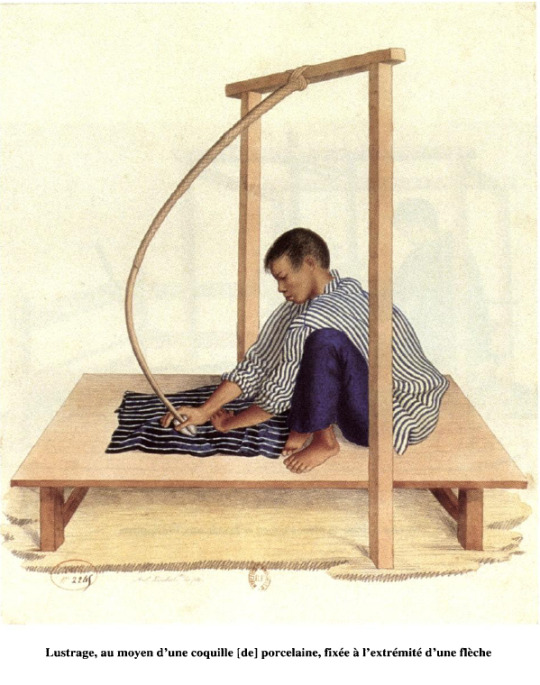
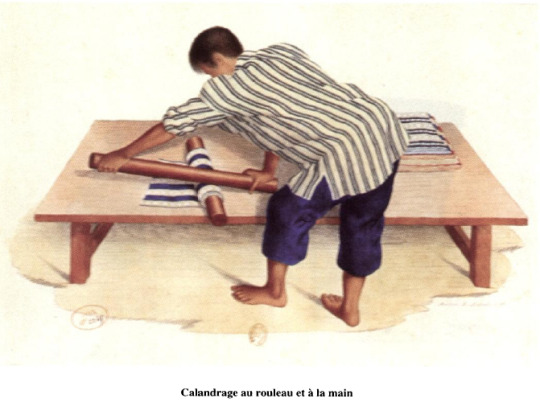
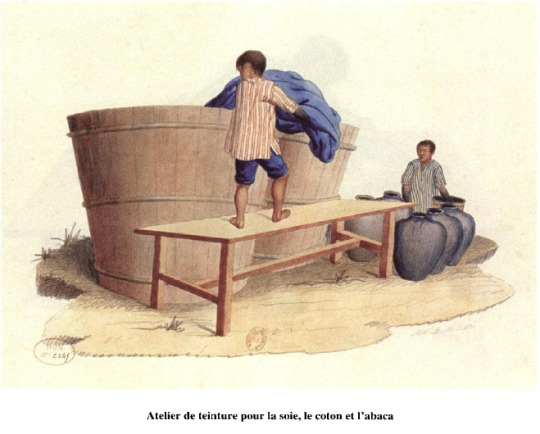
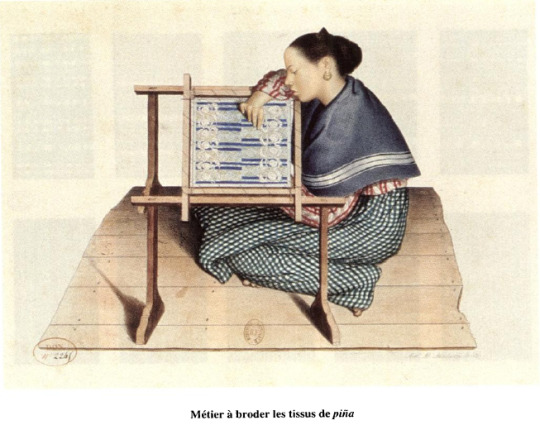
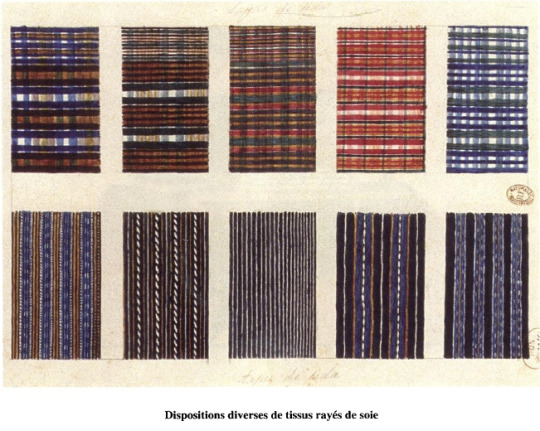
Watercolors attributed to Antonio Malantic. From Claudine Lombard-Salmon, "Les dessins industriels philippins d'Antonio D. Malantie. Une commande de la mission de Lagrené en Chine (1843-1846),“ Archipel, 2004.
53 notes
·
View notes
Text
How the baro't saya / traje de mestiza / terno evolved from the 1860s to the 1960s - Part II
– a thread🧵

𝟭𝟵𝟱𝟬𝘀: The most avant-garde & experimental decade for the terno, which resembled European fashion more closely than ever.
Following World War II, Christian Dior's "𝘕𝘦𝘸 𝘓𝘰𝘰𝘬" heavily influenced the terno, characterized by a narrow wasp waist and a full bouffant skirt.
At this point, the pañuelo is only worn for formal or ceremonial occasions.

𝟭𝟵𝟲𝟬𝘀: The terno followed Western fashion so closely that by this point, any Western dress could become a terno by simply adding butterfly sleeves.
By this time, the terno was generally viewed as "old-fashioned" by the younger generation. This was part of the so-called "youth-quake", where teenagers tried to distance themselves from everything that is associated with their parents and grandparents. Especially their fashion.
By the 70s, the terno had declined, worn mainly in pageants, fiestas, religious rites, and events requiring Filipino clothing.
#thread#philippines#filipino#filipinoclothing#traditional filipino clothing#barot saya#traje de mestiza#filipino terno#fashion#culture#filipino fashion#filipino culture#1860s#1870s#1880s#1890s#1900s#1920s#1930s#1940s#1950s#1960s#vintage fashion#new look#christian dior
17 notes
·
View notes
Text
How the baro't saya / traje de mestiza / terno evolved from the 1860s to the 1960s
– a thread🧵
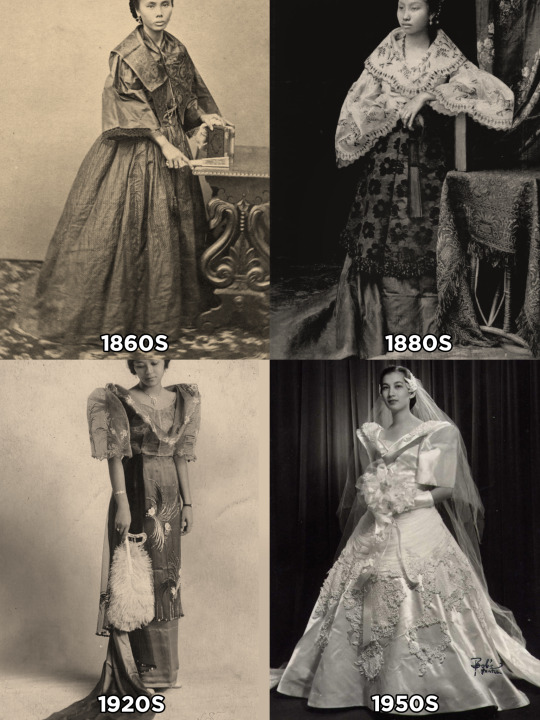

𝟭𝟴𝟲𝟬𝘀: The silhouette of the saya (skirt) mimicked the Western 'cupola' skirt by using multiple layers of petticoats instead of a crinoline to achieve a wide, elliptical shape.
Coarse 'abaca' cloth was also used to reinforce the saya’s hemline and help maintain its structure.
The camisa (blouse) is cut high above the waist.
The pañuelo (fichu) is folded close to the neck, conceals most of the nape, and appears to be pinned at one central point, with the ends separating into two.

𝟭𝟴𝟳𝟬𝘀: The pañuelo and camisa began matching in colors, materials, and embroidery. This was referred to as "ternos bordados" (matching embroderies).
The pañuelo, now ending at one point, is pinned lower at the chest, increasingly revealing more of the neck.
Following the bustle skirt in the West, the gathering of the enaguas (petticoats) shifted to the back of the saya.

𝟭𝟴𝟴𝟬𝘀: Embroidery became more prominent, often contrasting with the base fabric.
Most pañuelos are starched to allow the back portion to stand upright creating a regal appearance.
During this decade, the skirt began to lose volume at the front, with fullness gradually shifting to the back. This transformation resulted in the development of a sweeping train.
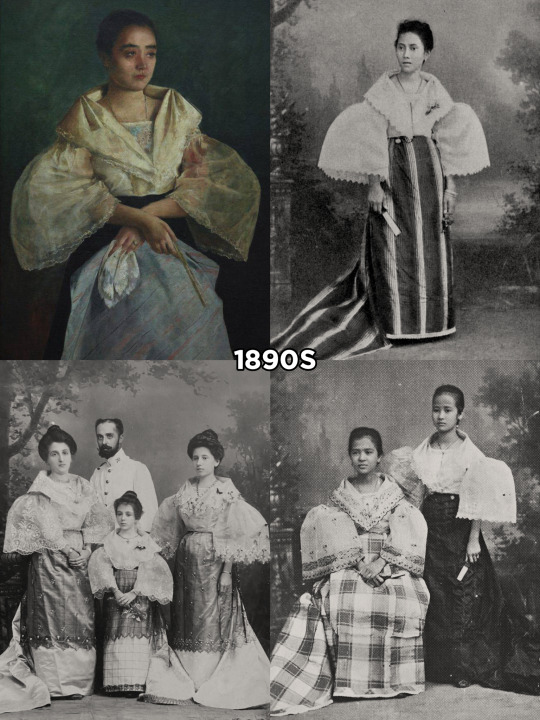
𝟭𝟴𝟵𝟬𝘀: The sleeves of the camisa increased in volume, becoming wider and stiffer, mirroring the leg-of-mutton sleeves in the West.
The seams of the sleeves have dropped by about 2–3 inches from the shoulders.
The pañuelo became more upright with additional folding and starching.
The saya became simpler, following the A-line skirt trend in the West. The back of the saya develops into a train that lengthens through the years, becoming known as the saya de cola (skirt with train).

𝟭𝟵𝟬𝟬𝘀: The sleeves became shorter by 3–4 inches and wider, flaring out from the shoulders to the elbows.
The pañuelo is larger and is folded four times at the edge. creating more stiffness when shaped.
The back of the pañuelo begins to be positioned farther and lower from the neck, gradually revealing more of the nape.
The upper half of the dress appears more top-heavy and voluminous.
By the end of the decade, following the 'Gibson Girl' style in the West, the serpentina skirt became fashionable, often trailing at the back. It dominated fashion until 1915.
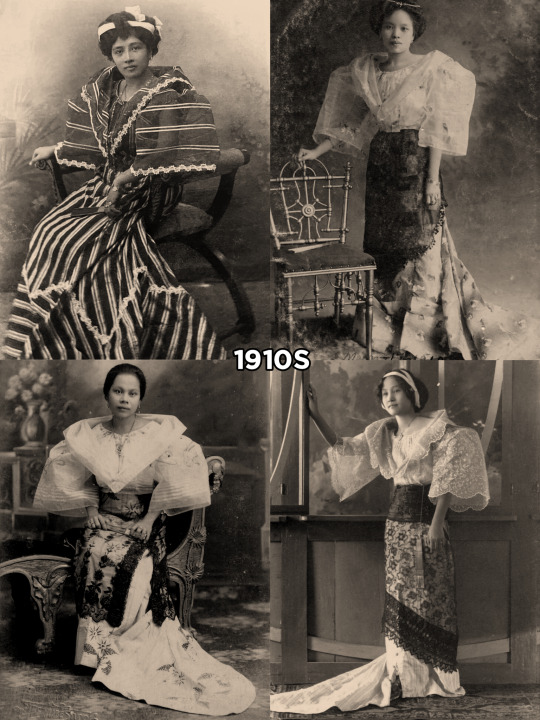
𝟭𝟵𝟭𝟬𝘀: The sleeves and pañuelo grew wider, with the serpentina skirt lasting until mid-decade.
In 1914, the sobrefalda comes into fashion. An overskirt whose length varies from knee to mid-calf, it is typically made of black illusion tulle or lace and embellished with sequins, beads, rhinestones, or embroidery. Worn as an alternative to the tapis, it is also sometimes discarded for less formal occasions.
By the later years, the saya slimmed down, emulating the designs of Paul Poiret and Lucille Lady Duff Gordon.
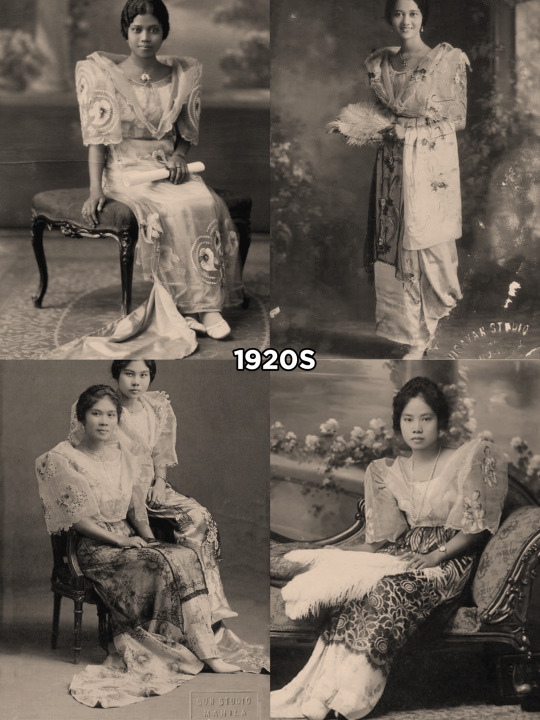
𝟭𝟵𝟮𝟬𝘀: The terno followed a streamlined sillhouette.
The wide sleeves of the previous decade were shortened and flattened closer to the body, transforming into the iconic "butterfly sleeves".
The pañuelo is more decorative than functional, resembling a lapel rather than a seperate shawl.
The back of the pañuelo is positioned lower, exposing more of the nape.
Variations of the sobrefalda and cola emerge.
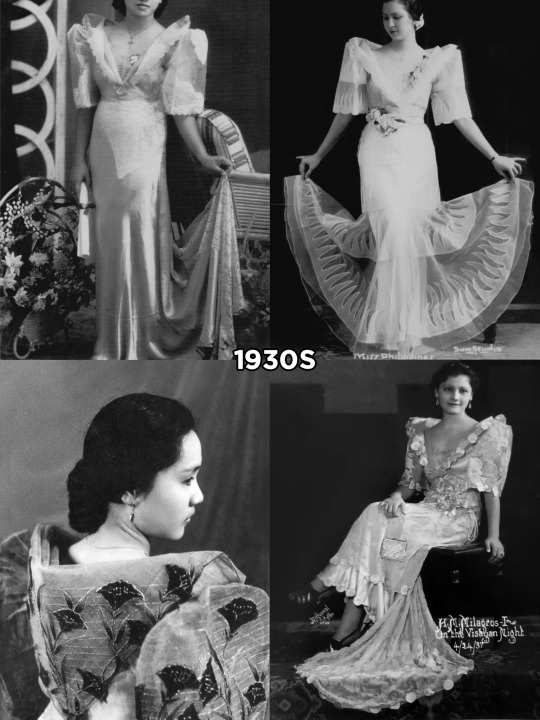
𝟭𝟵𝟯𝟬𝘀: Madeleine Vionnet's 'bias cut' for the saya de cola became fashionable.
The terno appears with the upper and lower parts joined together, fastened at the back using snap fasteners, hooks, and zippers.
With the disappearance of the sobrefalda, decorations such as embroidery, beads, cutwork, and the insertion of lace or other fabrics were applied directly to the saya.
Trains become shorter and eventually disappear close to the end of this decade.
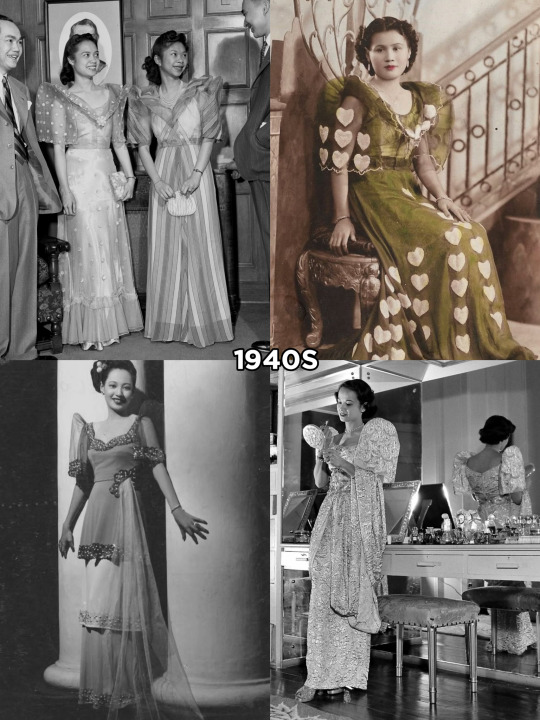
𝟭𝟵𝟰𝟬𝘀: Trainless, flared skirts became the dominant style among Filipinas.
The zipper joined the bodice and skirt of most ternos into one garment.
The pañuelo remains an essential, albeit decorative, component of the terno.
After WW2, it became more common to wear the terno without the pañuelo, and more varied and innovative skirt designs emerged.
The bodice of the camisa gradually becomes opaque and attaches to the skirt, while the 'butterfly sleeves' retain their structure and sheerness.
----------------------------------------------------
HELLO!! Thank you for reading this thread!! Unfortunately, due to tumblr's photo limit, this thread will only go up to the 1940s. I'll make another post for the 1950s and 60s. Most of the info in this thread are from the book "Fashionable Filipinas" highly recommend to read! They also have an ig page so please check them out! Another source I used are the three-part lecture series by NCCA PCEP explaining the history of how the traditional Filipina dress came to be, starting from the pre-colonial period all the way to the country's independence after World War II, available on youtube!!. Again thank you for reading!! I hope all of you enjoyed it!!
#thread#philippines#filipino#filipinoclothing#traditional filipino clothing#filipino fashion#Spanish era#1870s#filipino terno#barotsaya#fashion#culture#traje de mestiza#filipino culture#American Era#southeast asia#vintage dress#victorian era#edwardian era#gibson girl#1860s#1880s#1890s#1900s#1910s#1920s#1930s#1940s#1950s#1960s
58 notes
·
View notes